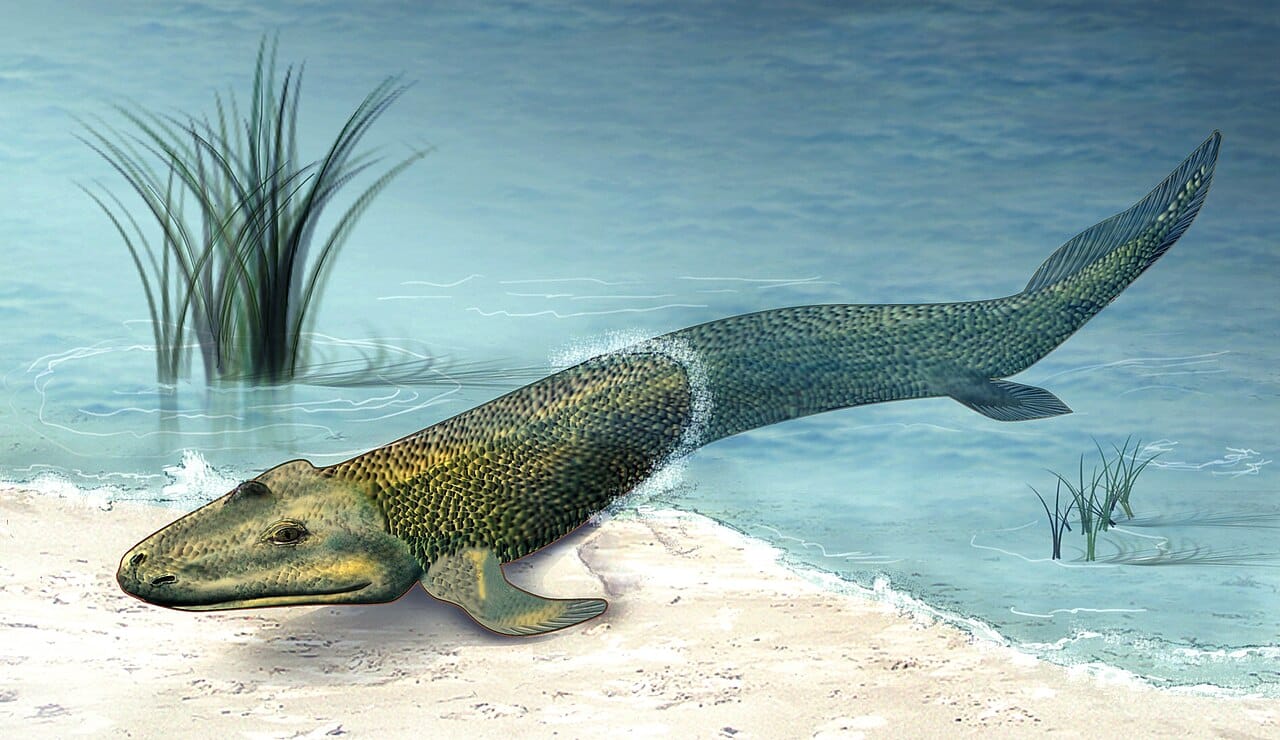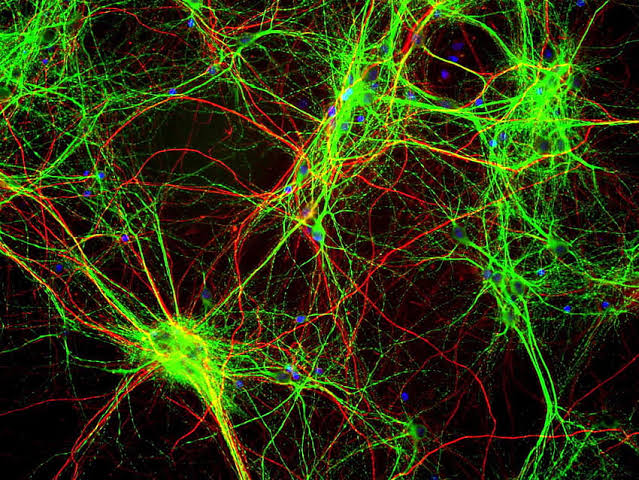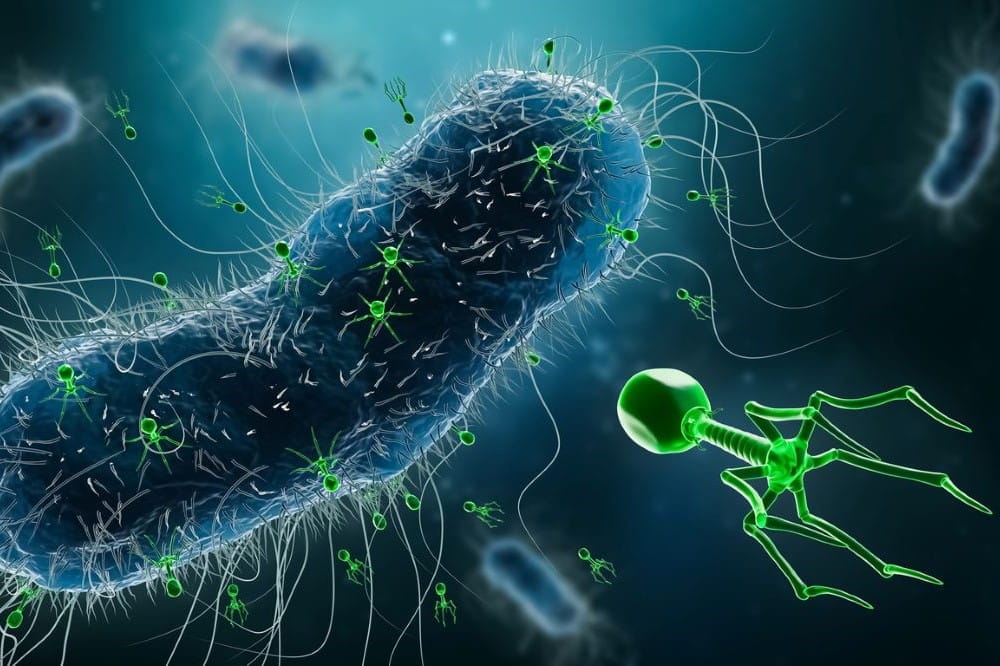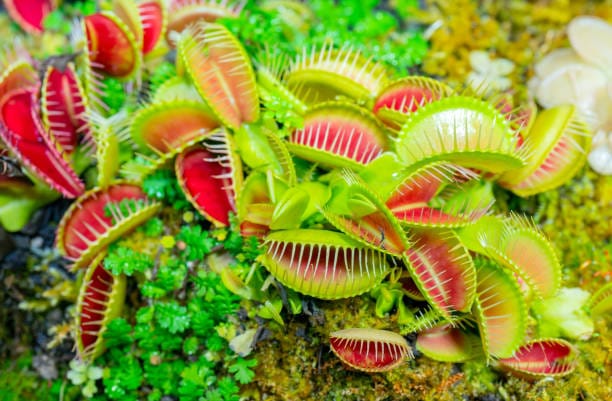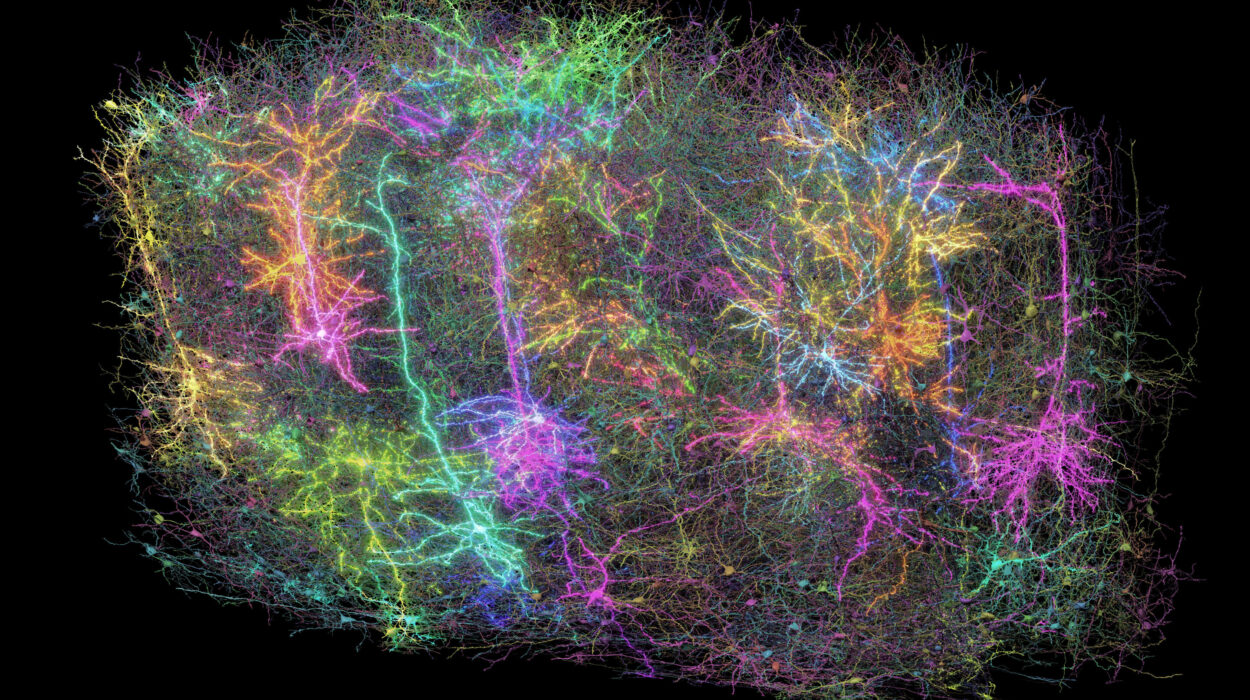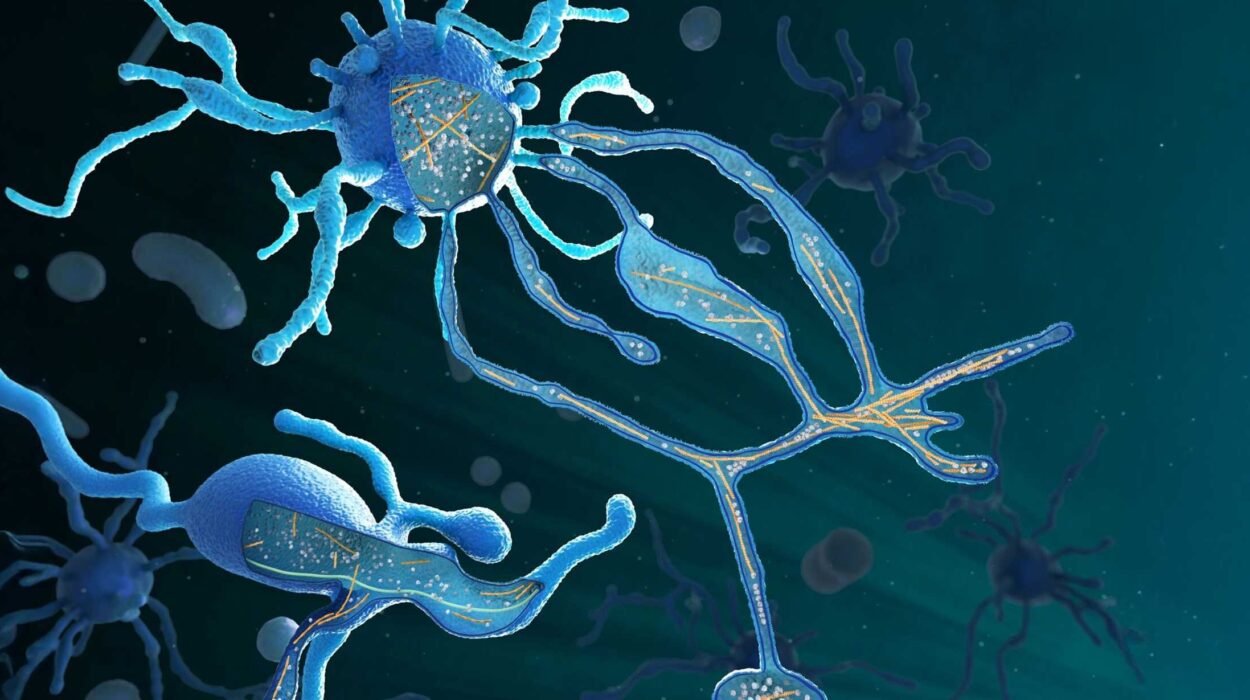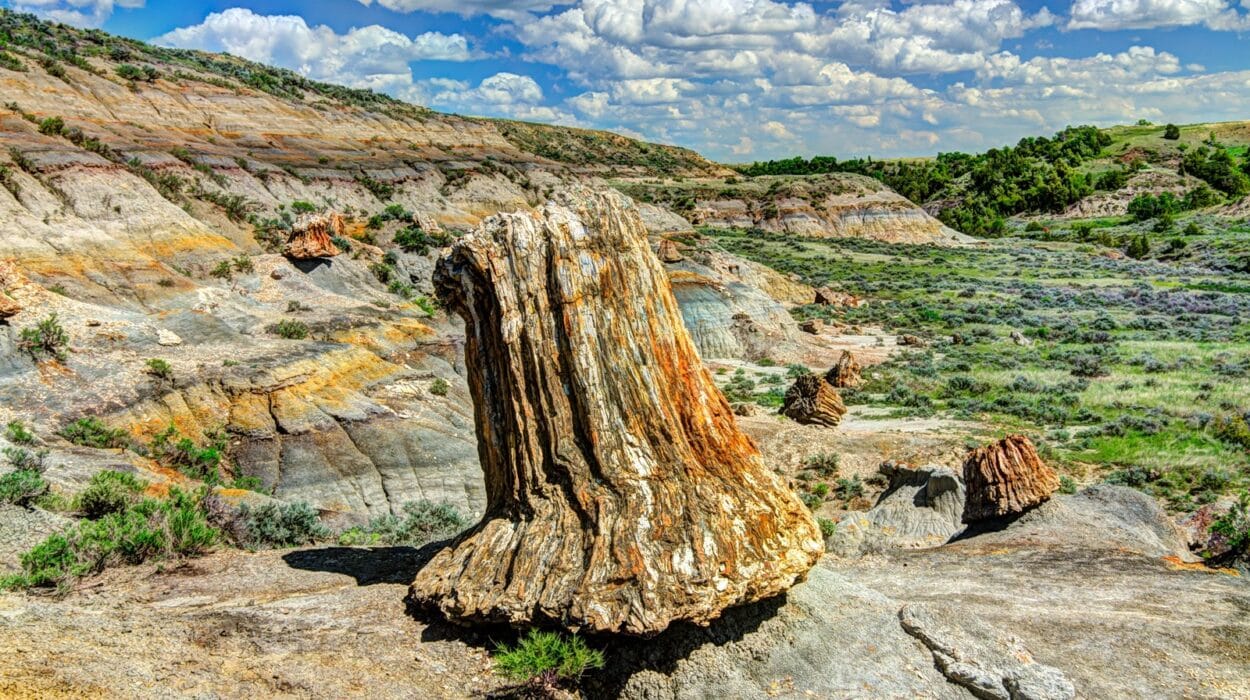Across the vast expanse of Earth’s history, nature has left behind a cryptic but mesmerizing diary—scratched into stone, sealed in sediment, and hidden in ancient strata. These remnants of the past, known as fossils, are the echoes of lives long extinguished. Among them, a special kind of fossil stands out, not just because of its rarity, but because of the tale it tells about transformation and becoming. These are transitional fossils—the vital clues that illuminate the evolutionary bridges between species.
To understand transitional fossils is to peer into the mechanics of deep time. It’s to stand at the crossroads of science and wonder, where bones and stones reveal the choreography of life evolving from one form to another. In these fossils, we find not just a lineage of creatures, but evidence of a profound and elegant mechanism—evolution—that has sculpted the breathtaking diversity of life on Earth.
Defining the In-Between
Transitional fossils are, at their heart, records of change. They are the preserved remains or impressions of organisms that exhibit traits common to both an ancestral group and its derived descendants. In other words, they capture the moment of transformation. While all organisms are technically transitional, because evolution is a continuous process, the term is typically reserved for fossils that appear to bridge significant evolutionary gaps—such as the shift from fish to amphibians, reptiles to birds, or land mammals to whales.
The concept can be confusing at first, especially given the common misconception that evolution is a ladder. But evolution is not a straight line from simple to complex; it’s a sprawling, branching tree. Transitional fossils are not “missing links” in the outdated sense of being halfway between “primitive” and “advanced.” Rather, they are beautifully adapted forms that show how natural selection can shape new structures, functions, and lifestyles from older ones.
Consider a snapshot from a home video that captures a child mid-jump. That single frame doesn’t show the beginning or end of the leap, but it tells us that movement happened. Transitional fossils are like those snapshots—they show evolution in motion.
Tiktaalik: The First Steps onto Land
One of the most celebrated transitional fossils of recent decades is Tiktaalik roseae, discovered in 2004 on Ellesmere Island in the Canadian Arctic. Dating back approximately 375 million years, Tiktaalik is a creature that lived during the Devonian period, a time when fish were the rulers of aquatic ecosystems and the first tentative steps onto land were being made by vertebrates.
At first glance, Tiktaalik looks like a large, flat-headed fish. It had scales and fins, and it surely lived in water. But inside those fins were bones that resemble a primitive version of the upper arm, forearm, and wrist. Tiktaalik could likely do a kind of push-up, using its limbs to lift its body above the water or mud—perhaps to breathe air or navigate shallow swamps.
Its skull shows the loss of certain bones that in fish support the gill system but in land vertebrates are absent. And most intriguingly, it had a neck—something no fish has—allowing it to turn its head independently of its body. These features mark it as a bridge between finned and limbed creatures, between aquatic and terrestrial life.
Tiktaalik is not the ancestor of all land vertebrates. Rather, it is a cousin—one branch of a group experimenting with life between water and land. But it tells us how this transition could have happened, and it confirms predictions made by evolutionary biologists about what such an intermediate form should look like.
Archaeopteryx: Flight in Transition
In 1861, just two years after Charles Darwin published On the Origin of Species, a remarkable fossil was discovered in the limestone quarries of Solnhofen, Germany. This creature, Archaeopteryx lithographica, became one of the most iconic transitional fossils of all time.
Archaeopteryx had feathers like a bird but teeth like a reptile. It had a long bony tail and clawed fingers on its wings—traits absent in modern birds but present in its dinosaur ancestors. At just under the size of a raven, it likely lived in subtropical lagoons and could glide or possibly fly in short bursts.
Its importance lies in how it connects two groups that, at first glance, seem worlds apart: dinosaurs and birds. Today we understand that birds are in fact a branch of theropod dinosaurs—a lineage that includes the mighty Tyrannosaurus rex. Feathers, once thought to be a defining feature of birds, are now known to have evolved in many dinosaur species long before powered flight.
Archaeopteryx wasn’t just a curiosity—it was a confirmation. Darwin had argued that if his theory were true, there must be fossils that connect major groups, and here was one in stone: part reptile, part bird, and entirely revolutionary.
The Descent of Whales
Few transitions seem as improbable as the transformation of land-dwelling, four-legged mammals into the sleek, sea-dwelling whales of today. Yet the fossil record is rich with evidence of this dramatic shift.
Around 50 million years ago, an animal named Pakicetus roamed what is now Pakistan. It looked something like a dog with a long snout and sharp teeth. Though it lived on land, certain features of its skull show it was closely related to modern whales.
A few million years later, Ambulocetus, or “the walking whale,” appeared. This creature could swim like an otter but still had robust legs for walking on land. Over time, its descendants became more aquatic: Rodhocetus had shorter limbs and a more powerful tail, and Basilosaurus, an enormous serpent-like whale, had tiny hind limbs—vestiges of its terrestrial past.
Today’s whales carry echoes of this heritage. Inside their flippers are the same bones found in mammal limbs. Embryonic whales briefly develop hind limb buds that disappear before birth. Some species even retain tiny pelvic bones deep within their bodies.
The whale fossil sequence is not just complete—it is compelling. It reveals a step-by-step transition from land to sea, each fossil fitting into place like a chapter in an epic tale.
Why Transitional Fossils Matter
At their core, transitional fossils do something deeply profound: they make evolution tangible. They transform abstract theory into evidence etched in stone. They show us that major evolutionary changes—like the emergence of flight, walking on land, or returning to the sea—didn’t happen overnight. They occurred gradually, over millions of years, through intermediate forms shaped by environmental pressures and genetic variation.
Transitional fossils matter because they help us understand our own origins. The human lineage, too, is filled with such fossils: Australopithecus afarensis with its upright gait; Homo habilis with tools in hand; Homo erectus walking across continents. These fossils speak of intelligence emerging from instinct, of a species on the brink of self-awareness.
But transitional fossils also serve a philosophical purpose. In a world that often craves certainty, they remind us that change is fundamental. They show that no species, no environment, and no era is static. The history of life is a story of adaptation, struggle, and transformation.
Misconceptions and the Myth of the “Missing Link”
Despite their elegance, transitional fossils are often misunderstood. The term “missing link” is outdated and misleading. It suggests a single, magical fossil that bridges two vastly different forms—say, ape and human. But evolution doesn’t work that way. It is a branching process, and there is no single link that ties one form directly to another.
Critics of evolution sometimes claim that transitional fossils don’t exist, or that the fossil record is too incomplete to support Darwin’s theory. But this claim is increasingly untenable. With every passing decade, paleontologists discover new transitional forms that confirm and refine our understanding of evolutionary history.
Fossilization is a rare event. It requires the right conditions—rapid burial, lack of oxygen, mineral replacement—and even then, only a fraction of organisms are preserved. Despite this, the fossil record is surprisingly rich, and transitional forms have been found in every major vertebrate lineage.
It’s also worth noting that not all evolutionary transitions leave behind fossils. Some happen at the molecular level or in soft-bodied organisms that don’t fossilize well. But even here, DNA evidence and comparative anatomy can reveal evolutionary connections.
Evolution in the Laboratory and the Wild
Transitional forms don’t exist only in the ancient past. Evolution is a continuous process, and we can observe it today. In laboratory experiments, scientists have watched bacteria evolve new metabolic pathways. In nature, we see fish like the mudskipper navigating both water and land, or birds like the hoatzin, whose chicks have clawed wings—a throwback to their dinosaur ancestors.
These modern examples echo what we see in the fossil record. They remind us that nature is always in transition, always experimenting. The fossil record is not a complete book, but a collection of highlighted passages. Each transitional fossil is a paragraph in the unfolding narrative of life.
A Window into Time and Possibility
To hold a transitional fossil in your hand—or even to see one in a museum—is to feel a deep sense of connection across epochs. Here is a creature that lived and breathed, that struggled and adapted, and whose very body became a message sent across eons.
These fossils are not just scientific data points. They are works of art sculpted by time and chance. They challenge us to think not just about where we come from, but about where we are going. Evolution did not stop with Archaeopteryx or Tiktaalik. It continues, invisibly shaping every living thing.
For us, transitional fossils are a reminder of humility. We are not separate from the tree of life—we are one of its twigs. We share ancestry with fish and amphibians, with reptiles and birds. Every cell in our body carries the legacy of millions of years of change.
The Future of Fossil Discovery
The story of transitional fossils is far from over. With new technologies like CT scanning, 3D modeling, and ancient DNA analysis, paleontologists can study fossils in unprecedented detail. Remote areas like Antarctica and the deep ocean still hold secrets waiting to be uncovered.
Fossils once buried in bureaucratic archives are being reexamined and reclassified. New methods allow scientists to detect soft tissues, infer coloration, and even reconstruct brain structures. These advances are not just enhancing our understanding—they are rewriting chapters we thought were complete.
As climate change and habitat loss threaten biodiversity, understanding the past becomes even more urgent. Transitional fossils help us grasp the resilience—and fragility—of life on Earth. They teach us that species can adapt, but also that extinction is a real and permanent possibility.
Echoes of Ancestors
In the end, transitional fossils are not just about bones or theories. They are about the courage to change. They are about the resilience of life, the complexity of nature, and the deep, underlying unity of all organisms.
To walk through a fossil hall is to walk through your own ancestry. Not just as a human, but as a vertebrate, a tetrapod, a mammal. We carry within us the echoes of gills, the architecture of fins, the blueprint of wings. Each fossil is a message from a time when the world was different—but the struggle to survive and adapt was the same.
So the next time someone asks what a transitional fossil is, tell them it’s a chapter from the autobiography of life. It’s the proof that change is real, that evolution is more than theory—it’s a story written in stone, waiting for those curious enough to read it.
